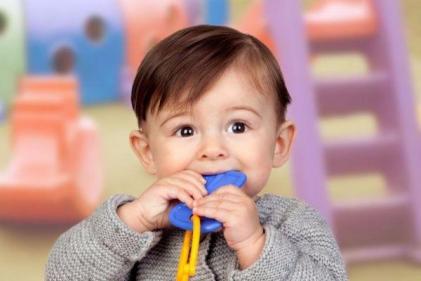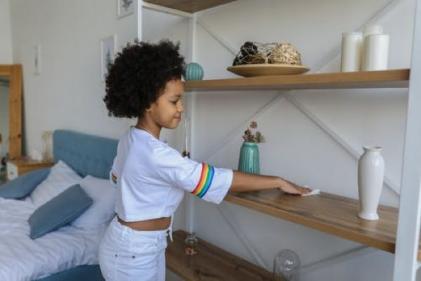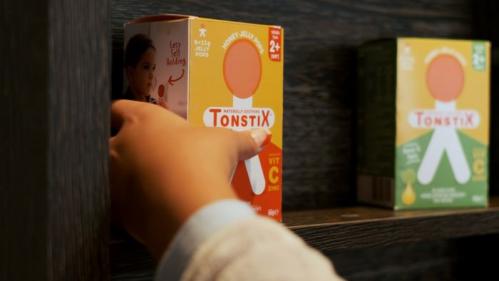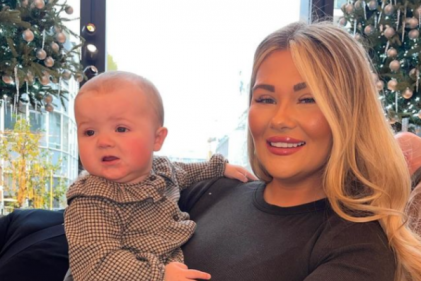In the 26 month, your toddler continues to increase his vocabulary and now has enough words to tell a story! He also might discover a new trick to use to get his way.
Your Child’s Development
At 26 months of age your child may start to remember the names of people and you will be shocked the first time you hear him refer to someone by their name. You could also notice that your child’s diet is changing again. Around this age, many toddlers suddenly display an aversion to eating just about everything. It’s probably more to do with their desire to show you they are independent than their diet, but, as a parent, you cannot help but worry when your child does not eat properly. Experts say “relax”. Your child is more than likely just going through a phase and they will eat when they are hungry. Just continue to offer plenty of healthy snacks and drinks, and watch for any signs of illness. Most likely, your child will surprise you with a big appetite in a few months.
As you probably are more than aware of, naps will still be a daily requirement for a 26 month old child. For the most part, a tired child is a cranky child. A short nap each afternoon will go a long way to making the remainder of the day pleasant for you and your child.
You will be used to dealing with temper tantrums by now, but a new behaviour could find its way into your child’s box of tricks at this time … whining. Usually a child will discover the power of whining sometime after their second birthday. Many people think that a whining child must be a spoiled child. This is not necessarily true. All children will try to use whining as a way of getting what they want. It’s the reaction of the parents that will make the determination if the child is spoiled. A persistently whiny child may have parents who constantly have given in to the whining. In doing so, the child has won. Whining worked for them and they will continue to whine in order to get their way.
There are several things you can do to prevent and counteract whining. Here are a few suggestions:
- Keep your cool. Try not to show your frustration at the whining. Negative attention is still attention to a toddler.
- Don’t throw in the towel! Tell your toddler to use his normal speaking voice and then you will listen to him.
- Teach him by showing him. Use a video camera to tape your child whining and then again when he is not whining. Show him the tape and explain why one behaviour is good and one is not.
- Divert his attention. When your child is whining because you will not buy him a toy at the store, quickly divert his attention to something else.
You can prevent whining by
- Listen intently when your child is talking to you in a normal voice.
- Watch for signs of frustration and talk to your child before the whining erupts.
- Give him praise for using his normal voice and not whining.














